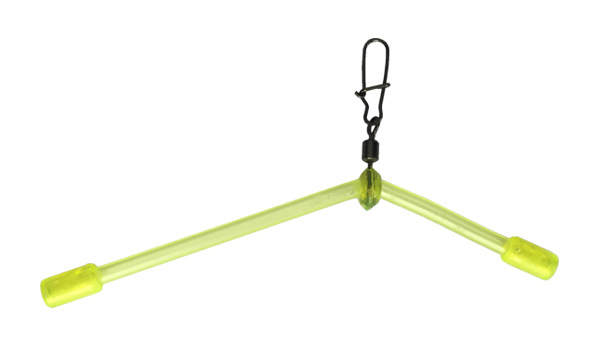

First introduce how to repair the cracks in the header. […]
First introduce how to repair the cracks in the header.
Tools: 502 glue, fine silk thread, 600-1000 mesh gauze paper, blade, paint.
The connection between the standard foot and the standard body is very easy to crack. The reason is that it is the lowest strength point. The lifting force is large, the big fish is caught, and the target body hits a hard object after being decoupled. The cause of cracking.
If the standard foot has completely come out of the standard body, the buoy has no repair value. If it is slightly cracked, please repair it according to the following methods;
1. Place the buoy in a cool, ventilated place to air-dry for more than a week to allow the water absorbed by the target body to fully evaporate.
2. Use fine sandpaper to smooth the cracked burrs, and try not to damage the primer.
3. Wrap the cracked part from thin to thick direction for 5-10 times with thin silk thread.
4. Apply 502 glue thinly on the threads and cracks.
5. After the glue is completely dry, remove the excess thread with a blade, and then gently smooth it with fine sandpaper.
6. Use buoy special transparent resin paint to paint. The paint should be diluted with thinner, and paint as little as possible.
The completely dry buoy can be used again, but the lead and sensitivity have changed. Pay attention when adjusting the standard.

There are two cases of damage to the target body (the target body is completely split and has no repair value).
1. The target body is only slightly bumped or dented, and the surface paint is not cracked, and there is no draught. You can continue to use it without repairs. You can also put the buoy's wound face up in the sun for a period of time, and use the target body to expand by heat Or the water in the standard will evaporate and expand to push up the recessed part. This method should be used with caution. Don't crack the buoy.
2. If there are cracks in the paint of the target body, let the buoy be air-dried for a period of time. After the water in the body of the target body is completely volatilized, use fine sandpaper to gently rub off a layer of paint on the cracked surface, and apply a thin layer of 502 glue , After the glue is completely dry, use fine sandpaper to gently smooth it. This process may take many times depending on the degree of cracking. Don't save trouble and draw a lot of glue at a time. It may change the shape of the target. The polished buoy can be painted, and the topcoat should be applied very thinly. Do not try to paint the entire body with new paint, as this will change the weight of the buoy. If the surface is uneven, use fine sandpaper to smooth it and apply the topcoat again. After the paint is completely dry, the damaged buoy can be reused.
There are two types of damage to the header.
1. The tail breakage of the soft tail buoy: This kind of breakage generally occurs in the hollow part of the soft tail, and rarely breaks the glass fiber rod connecting the target body and the soft tail. As long as the glass fiber rod is not broken at all, It can be repaired with a soft tail of the same diameter. First cut the broken tail at about 10mm at the connection with the standard body. The position of the glass fiber can be seen from the hollow part. Use a blade to gently peel off the old tail. Be careful not to The glass fiber rod is broken or too thin. For the new tail, use a blade to gently remove the excess part at the determined position. Use a pin to expand the incision, and try to insert it with the glass fiber rod. It's better to loosen it slightly. It is easy to get the tail not pushed down when bonding. It's sticky and can't be pushed. Spread 502 glue evenly on the glass fiber rod, don't apply too much. The new tail is quickly inserted into the fiberglass rod when it is confirmed that it is correct, and adjusted. It can be used after it is completely dry.
2. The tail of the hard tail buoy is damaged: In fact, the tail of the hard tail is rarely damaged at the tail, and most of it is cracked at the connection of the target body. The repair method is the same as the crack of the foot. If the tail is broken or replaced with a soft tail, please refer to the above method for replacement.
Note that the replaced soft tail is as close as possible to the weight of the original hard tail. If there is a difference, it will affect the buoy due to the change of the center of gravity and the buoyancy point. Pay attention when using it. How to adjust is a very complicated matter. It's wordy.